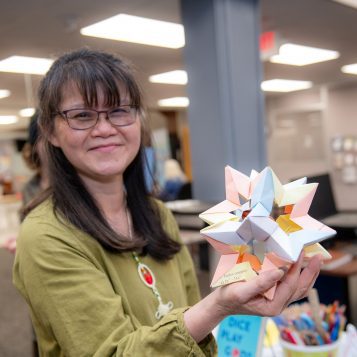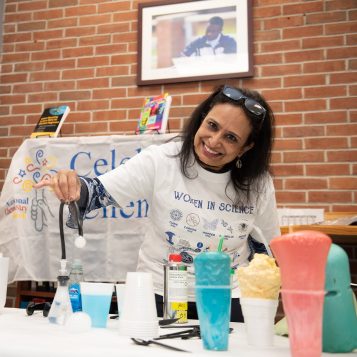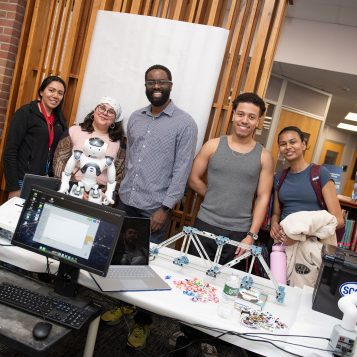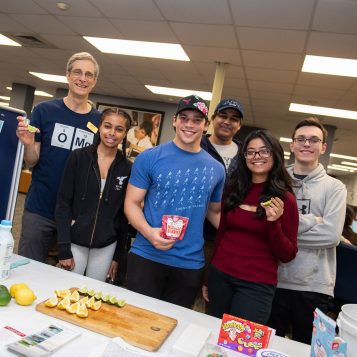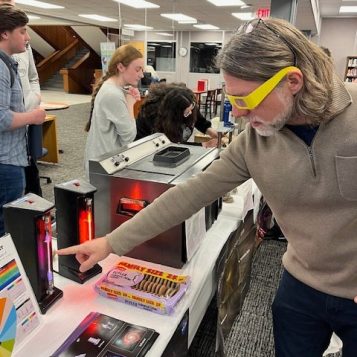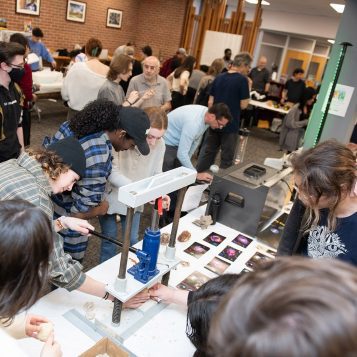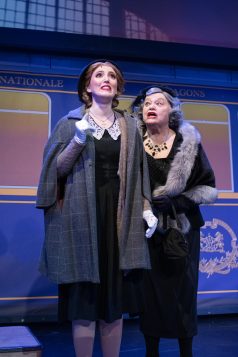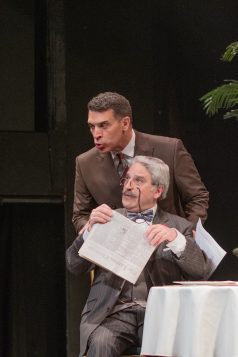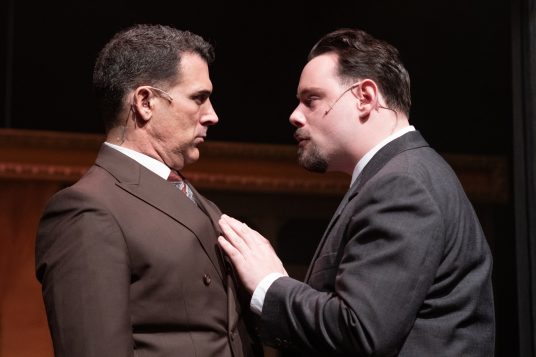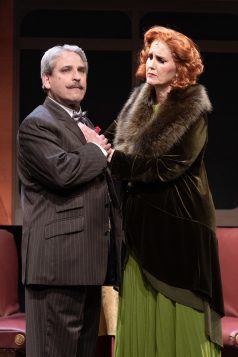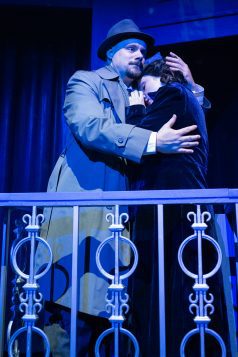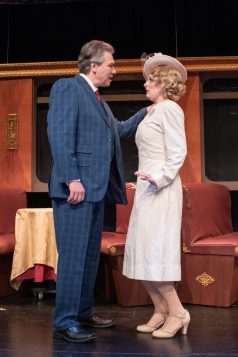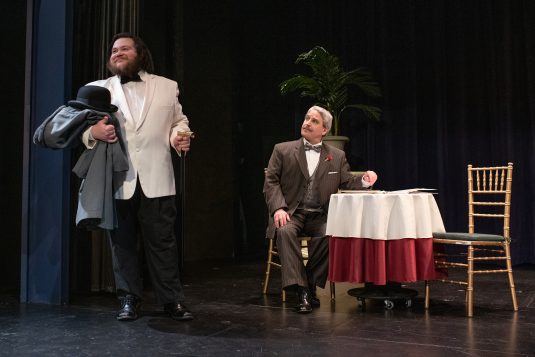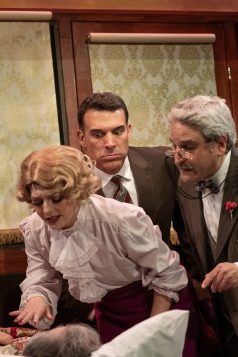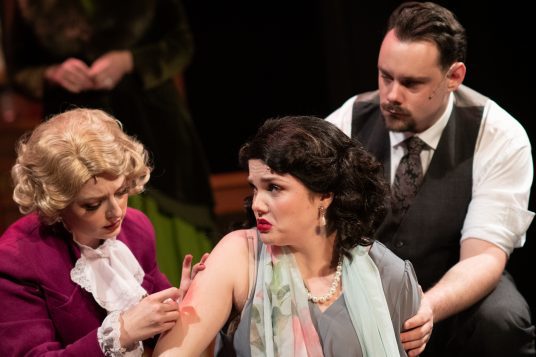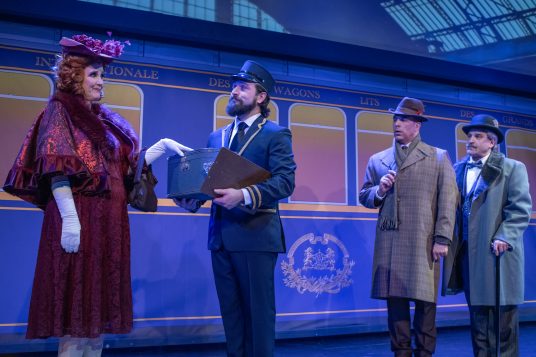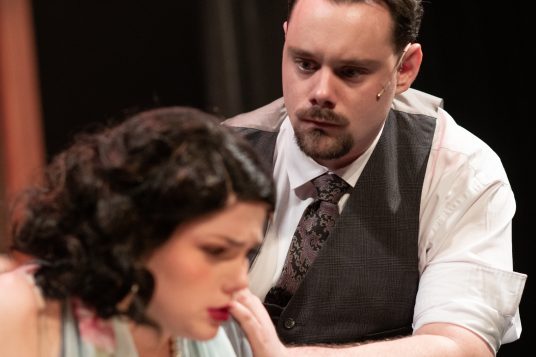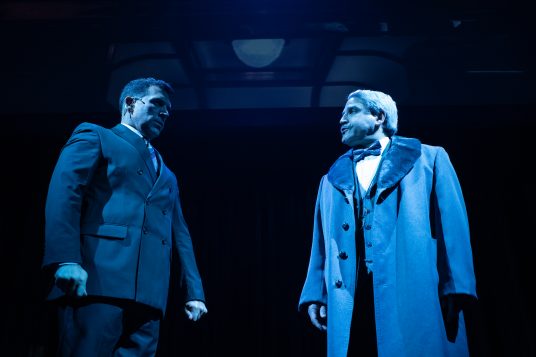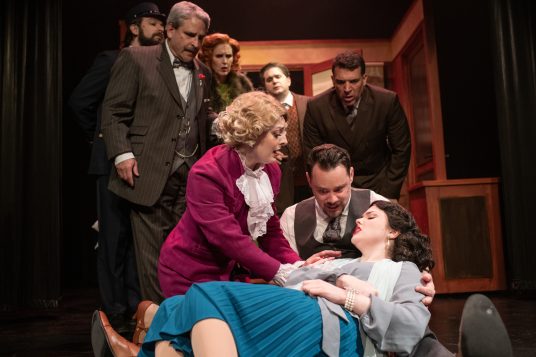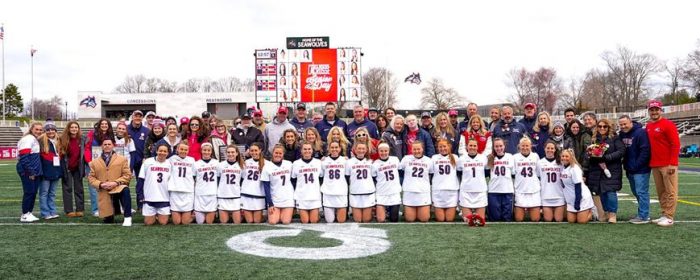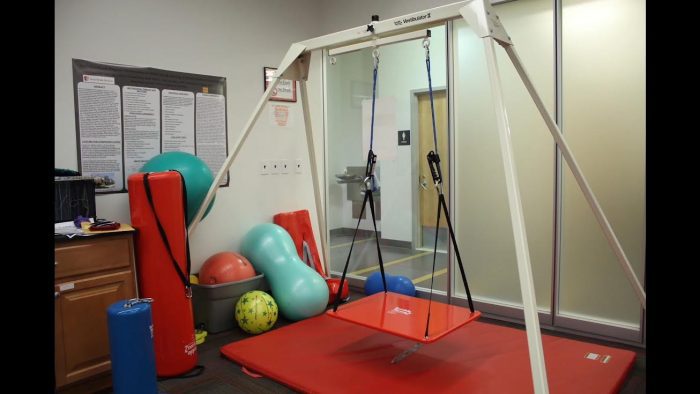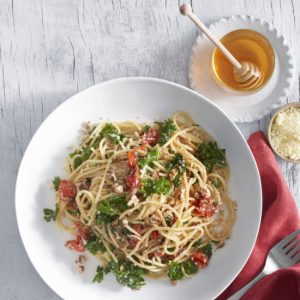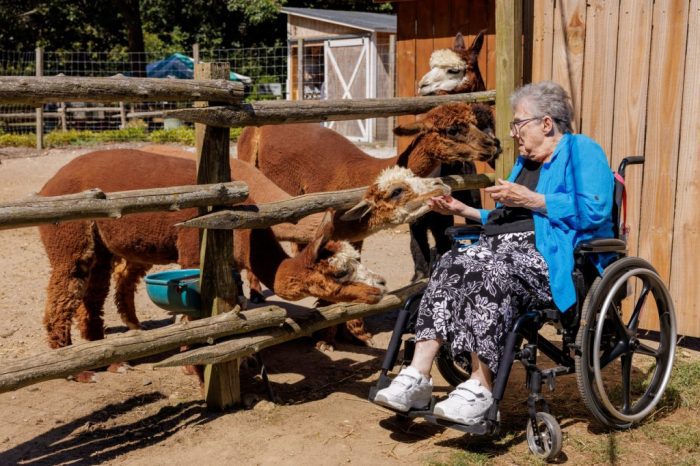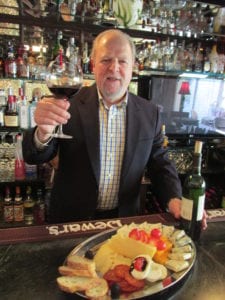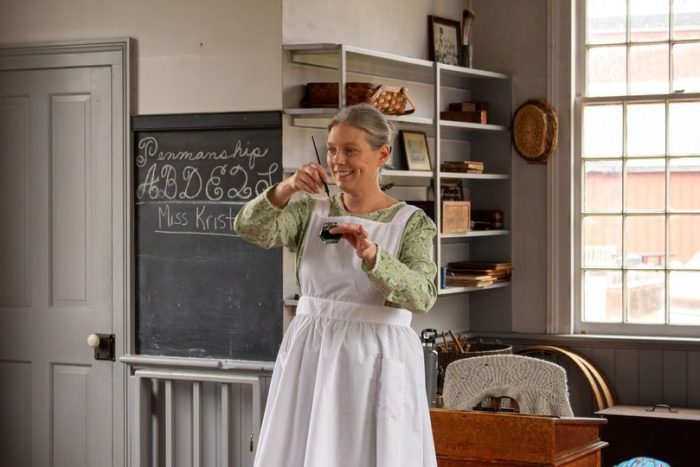PROGRAMS
Art in the Barn
Walt Whitman Birthplace Association, 246 Old Walt Whitman Road, Huntington Station presents Art in the Barn, storytime and hands-on art projects for pre-schoolers on April 13, 20, 27, May 4, 18, 25 and June 1 at 11 a.m. $15 per child, $13 members. To register, visit waltwhitman.org/events.
Youth Abilities Day
Middle Country Public Library’s Centereach branch at 101 Eastwood Blvd., will host a Youth Abilities Day: A
Special Needs Resource Fair on April 13, from 11 a.m. to 1 p.m. Youth Abilities Day is about helping individuals with disabilities and their families find the right resources to enrich lives. The fair features approximately 20 organizations representing a wide variety of specialties including sports, music, baking, healthcare, therapies and many more. Attendees will be entertained by the Great and Powerful Dave who will provide a magic show at 1 p.m. The Super Mario Bros. characters will also be available for photos during the event and there will be a space provided to unwind in a sensory room. Free and open to all. Pre-registration encouraged by calling 531-585-9393 or by visiting www.mcplibrary.org.
Visit with a School Marm
Step back in time with a visit with a School Marm at the Long Island Museum’s 19th-century one-room Nassakeag Schoolhouse, 1200 Route 25A, Stony Brook on April 13 from 12:30 to 3:30 p.m. Learn about this historic building and try some school activities from long ago. Then head over to the Art Studio for a hands-on activity between 1p.m. and 4 p.m. to create a unique work of art inspired by the exhibitions on view. All supplies are provided. Both events are free with Museum admission. www.longislandmuseum.org
Storytime Under the Stars
Suffolk County Vanderbilt Planetarium, 180 Little Neck Road, Centerport continues its Storytime Under the Stars series on April 14 at 6 p.m. Your favorite bedtime storybooks come to life in the planetarium theater! Children ages 2 and older are invited to wear their most comfy pajamas and bring their favorite stuffed animal. Tickets are $8 per persons, $6 for members at www.vanderbiltmuseum.org.
Story & Craft with Nana Carol
The Next Chapter bookstore, 204 New York Ave., Huntington hosts a Story and Craft event with Nana Carol on April 15 at 10:30 a.m. No registration required. Appropriate for ages 0-4. 631-482-5008
Children’s book signing event
The Next Chapter Bookstore, 204 New York Ave., Huntington welcomes author Maria Dello for a reading and book signing of her children’s book Theodor Says: Dogs Are People Too! on April 16 at 7 p.m. For more information, call 631-482-5008.
THEATER
‘Alice in Wonderland’
John W. Engeman Theater, 250 Main St., Northport present’s Lewis Carroll’s Alice in Wonderland from March 23 to April 28. Alice takes a tumble down an enchanted rabbit hole to an off-kilter world of mock turtles, dancing flora, punctual rabbits, and mad tea parties. Playing cards hold court, and nothing is as it seems in this land where whimsy and wordplay are the order of the day. Will Alice be able to find her footing in this bizarre place? More importantly, will she ever figure out how to get home?All seats are $20. To order, call 631-261-2900 or visit www.engemantheater.com.
‘The Adventures of Peter Rabbit’
Join Theatre Three, 412 Main St., Port Jefferson for a perennial favorite, The Adventures of Peter Rabbit, from April 13 to 27. “Over the hill and through the garden …” That mischievous rabbit Peter just can’t stay out of the McGregors’ garden! But with help from his sisters—Flopsy, Mopsy, and Cotton-Tail—and his cousin, Benjamin Bunny, Peter learns the power of sharing and caring. Tickets are $12. To order, call 631-928-9100 or visit www.theatrethree.com.
Disney’s ‘Finding Nemo Jr.’
Smithtown Center for the Performing Arts, 2 E. Main St., Smithtown presents Disney’s Finding Nemo from April 20 to 28. Marlin, an anxious and over-protective clownfish, lives in the Great Barrier Reef with his kid Nemo, who longs to explore the world beyond their anemone home. But when Nemo is captured and taken to Sydney, Marlin faces his fears and sets off on an epic adventure across the ocean. Featuring memorable songs such as “Just Keep Swimming,” “Fish Are Friends Not Food,” and “Go With the Flow.” Tickets are $25 per person. To order, visit www.smithtownpac.org.
FILM
‘Hugo’
Cinema Arts Centre, 423 Park Ave., Huntington continues its Cinema for Kids! series with a screening of Hugo on April 14 at noon. Hugo tells the story of an orphan boy living a secret life in the walls of a Paris train station. With the help of an eccentric girl, he searches for the answer to a mystery linking the father he recently lost, the ill-tempered toy shop owner living below him and a heart shaped lock, seemingly without a key. Tickets are $13 adults, $5 children 12 and under. www.cinemaartscentre.org.

